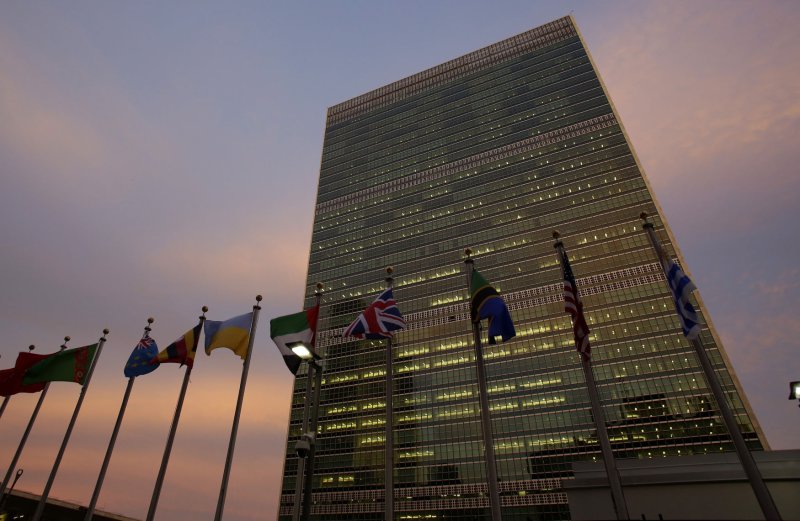March 4 (UPI) -- A majority of Americans believe both the North Atlantic Treaty Organization Alliance and the United Nations are necessary and relevant entities, according to a Gallup poll released Monday.
The survey found that 77 percent of Americans believe the NATO Alliance should be maintained and 66 percent said the U.N. plays a necessary role in the world, despite President Donald Trump questioning the need for both entities.















